State of the art 3D print farm featuring Phrozen 3D printers. (Photo credit: reskit-models.com)
Manufacturers, product designers, and entrepreneurs often face a similar challenge: how to scale production efficiently without breaking the bank.
Traditional manufacturing is fraught with delays, high upfront costs, and inflexibility. Prototyping takes time, large-scale production requires expensive molds, and creating customized products is often cost-prohibitive.
These roadblocks have long hindered innovation, especially for small and medium enterprises that lack the capital to invest in large-scale infrastructure.
But there’s good news. The rise of 3D print farms offers a powerful solution to these age-old problems. Imagine a system where you can scale up production rapidly, customize products on the fly, and cut down on lead times, all without the massive overhead typically associated with traditional manufacturing.
That’s the promise of 3D printer farming, and it’s transforming industries across the board. In this blog, we’ll dive deep into the world of 3D print farms, exploring what they are, the benefits they bring, their common applications, and the steps to setting one up.
If you’re ready to explore how this cutting-edge technology can revolutionize your business, read on.
What is a 3D Print Farm?

A 3D print farms hosts dozens of 3D printers (source: lostboyslab)
At its core, a 3D print farm is a collection of multiple 3D printers working in unison to mass-produce parts and products. Think of it like a traditional manufacturing line, but instead of expensive machinery designed to churn out identical products, you have a fleet of 3D printers capable of handling everything from prototypes to small batch runs of customized parts.
With a 3D print farm, businesses no longer need to rely solely on traditional manufacturing methods such as injection molding, which can be expensive, time-consuming, and highly inflexible. Instead, 3D printer farms provide an agile, scalable solution, capable of adapting quickly to changing production needs.
This innovative approach to production is already transforming industries, enabling companies to bring products to market faster, iterate on designs more efficiently, and meet customer demands for personalized products.
Bridging the Gap Between Prototyping and Full-Scale Production

3D print farms enable cost-effective scaling from prototype to production
(Photo credit: Craig Killmar)
For many businesses, one of the biggest hurdles in moving from prototype to production is cost. Creating a prototype using a 3D printer is fairly straightforward and cost-effective. However, transitioning from a one-off prototype to full-scale production using traditional manufacturing methods can be prohibitively expensive.
This is where 3D print farms truly shine. Instead of investing in costly molds or outsourcing to large-scale manufacturers, businesses can keep production in-house and scale up as needed. By setting up a 3D print farm, companies can gradually increase production without taking on the massive upfront costs typically associated with manufacturing.
This ability to bridge the gap between prototyping and production is one of the key reasons why 3D print farming is gaining so much traction across industries.
Key Benefits of 3D Printer Farms
The appeal of 3D print farms lies in their flexibility and scalability. For businesses, they offer several tangible benefits that address common manufacturing pain points.
Scalability: Growing with Demand
One of the primary advantages of 3D print farms is the ability to scale production effortlessly. Traditional manufacturing methods require significant upfront investments in molds, tooling, and large machinery. These are fixed costs that don’t necessarily scale down for smaller production runs.
In contrast, a 3D print farm allows you to start small, with just a few printers, and expand as demand increases. When your production needs grow, you simply add more printers to the farm. This scalability makes 3D print farms an excellent solution for businesses that experience fluctuating demand or seasonal production spikes.
In addition, because 3D print farms can be operated with minimal manpower, scaling up doesn’t mean hiring an army of workers. Instead, it’s a matter of adding more printers, which can be run by the same team, with automated software to handle job scheduling and queue management.
If you're interested in earning passive income through 3D printing, you must read our comprehensive guide on how to make money with a 3D printer which provides expert tips and strategies to earn some extra cash through your 3D printing hobby.
Cost-Effectiveness: Lowering Production Costs
Traditional manufacturing processes are notorious for their high upfront costs. Between mold creation, tooling, and machine setup, it’s not uncommon for companies to invest tens of thousands of dollars before a single product is even made.
In contrast, 3D print farming significantly lowers production costs. With no need for costly molds or tools, businesses can produce small-to-medium batch runs of products without the high initial investment. This is particularly beneficial for companies that need to produce prototypes, custom parts, or limited-edition products.
For example, this report from Grand View Research points out that the 3D printing market was valued at over $20 billion in 2023 and is projected to grow at a staggering CAGR of 23.5% through 2030. Much of this growth is driven by the cost-effectiveness of 3D print farms, which allow companies to produce more without the traditional overhead of large-scale manufacturing.
Customization and Flexibility: Creating Tailored Products
In a world where consumers increasingly expect personalized products, 3D print farming provides the perfect solution. Unlike traditional manufacturing, which is limited by the need for standardized molds and processes, 3D print farms offer limitless customization potential.
Whether you’re producing personalized consumer goods, custom medical devices, or parts for the automotive and aerospace industries, a 3D printer farm can handle it all. With 3D printing, businesses can quickly switch between different designs, materials, and specifications, making it easy to meet the needs of individual customers without incurring extra costs.
The ability to produce highly customized products on-demand sets 3D print farms apart from other manufacturing methods, offering businesses unparalleled flexibility.
Reduced Lead Times: Speeding Up Production
In the world of manufacturing, time is money. Traditional manufacturing methods are notorious for their long lead times. Producing custom molds, setting up machinery, and refining production processes can take weeks or even months.
In contrast, 3D print farms allow businesses to start producing products almost immediately. Once a design is finalized, it can be sent to the printers, and production can begin within hours. This drastic reduction in lead times is particularly beneficial for businesses working in fast-paced industries where agility and speed are critical.
For instance, companies using 3D print farms for prototyping can test new designs much faster, iterating on their products in real-time. This ability to prototype, test, and refine products rapidly gives businesses a significant competitive advantage.
Whether you're 3D printing for fun or running a side business, you'll want your prints to be ready as soon as possible. For this, read our blog on 3D printing faster to know about the proven techniques to speed up your 3D printing process.
Common Applications of 3D Print Farms

As 3D print farming becomes more widespread, its applications are expanding across various industries. From aerospace to consumer goods, 3D print farms are making a significant impact.
Prototyping: Accelerating Product Development
One of the most common applications of 3D print farms is prototyping. In industries like automotive and aerospace, where precision and customization are paramount, 3D printing provides a fast and cost-effective way to develop new products.
With a 3D print farm, companies can produce multiple prototypes simultaneously, testing different iterations of a product and making improvements before committing to full-scale production. This ability to iterate quickly and affordably is invaluable in industries where innovation drives success.
Short-Run Manufacturing: Cost-Effective Low-Volume Production
While traditional manufacturing methods excel at producing large volumes of identical products, they often struggle with low-volume production runs. The setup costs associated with traditional methods can make short-run manufacturing prohibitively expensive.
In contrast, 3D print farms are ideally suited for low-volume production. Businesses can produce small batches of products quickly and affordably, making it easier to meet niche market demands or create limited-edition products. This is particularly useful in industries like consumer electronics and medical devices, where custom parts and components are often required.
Customization and On-Demand Production: Meeting Consumer Demands
In today’s consumer-driven world, customization is key. From personalized consumer goods to custom medical devices, customers are increasingly looking for products that meet their individual needs.
3D print farms offer businesses the ability to produce highly personalized products on-demand. Whether it’s a one-off custom part or a batch of personalized products, 3D printer farms can handle it all. The ability to produce products as needed, without holding excess inventory, gives businesses a significant edge in meeting consumer demands.
Industries utilizing 3D print farms for on-demand production include:
-
Aerospace: Producing custom parts and components
-
Automotive: Creating prototypes and small-batch parts
-
Medical Devices: Developing custom prosthetics and implants
-
Consumer Goods: Producing personalized products tailored to individual preferences
Challenges and Considerations in 3D Print Farming
While the benefits of 3D print farms are clear, there are also challenges that businesses need to consider when setting up and managing a 3D printer farm.
Managing Large-Scale Operations: Handling Complexity
As the number of printers in a 3D print farm grows, so does the complexity of managing them. Each printer may have different settings, require different materials, and need regular maintenance. Keeping track of all these variables can quickly become overwhelming, especially as production scales up.
One solution is to invest in management software that can help automate tasks like job scheduling, monitoring printer status, and tracking material usage. These tools make it easier to manage large-scale operations and ensure that the farm runs smoothly.
Maintenance and Downtime: Keeping the Farm Running
Another challenge in 3D print farming is maintaining the printers themselves. Like any machinery, 3D printers require regular maintenance to function properly. If a printer breaks down, it can cause production delays and increase costs.
We have an in-depth guide on maintaining a 3D printer; you must give it a read if you want to know about all the techniques and methods needed to extend the longevity and optimize the performance of your 3D printer.
To minimize downtime, businesses should implement a regular maintenance schedule and keep spare parts on hand for quick repairs. Additionally, training employees on troubleshooting common issues can help keep the farm running smoothly.
Material Management: Handling Different Types of Materials

One of the unique aspects of 3D printing is the variety of materials that can be used. From plastics and resins to metals and ceramics, 3D printer farms can handle a wide range of materials. However, managing these materials can be a challenge.
Each material has different storage requirements, handling procedures, and printing parameters. Businesses need to invest in proper storage solutions and train employees on how to handle each material to ensure quality and consistency.
Quality Control: Ensuring Consistency Across Printers
One of the biggest challenges in running a 3D print farm is maintaining consistency across multiple printers. Each printer may have slight variations in output, which can lead to inconsistencies in the final products.
To address this, businesses should implement quality control processes, such as regularly testing the output from each printer and adjusting settings as needed. This ensures that all products meet the same high standards, regardless of which printer they were produced on.
Best Practices for Running a 3D Print Farm
Running a successful 3D print farm is about more than just owning a fleet of printers; it requires careful planning, organization, and maintenance to ensure optimal productivity and efficiency. Whether you’re starting with just a few printers or scaling up to dozens, following best practices can help you avoid common pitfalls and maximize your investment.
Efficient Printer Organization: Setting Up Your Farm for Success
The physical layout of your 3D print farm can make a significant difference in its efficiency. While it might seem like a simple matter of placing printers wherever there’s space, strategic organization can streamline your workflow and reduce downtime.
For instance, grouping printers by their purpose or material type can help create a more organized production line. If you have printers dedicated to resin printing, keep them in one area, while another section can house printers focused on FDM or SLA printing. This not only minimizes the risk of cross-contamination between different printing materials but also simplifies job assignment.
Consider workflow when setting up your farm. Position finishing stations, such as cleaning and curing areas, close to the printers to minimize the need to move products across large spaces. This is especially important in high-output environments where efficiency is key to meeting production demands.
In addition, leaving enough space between printers allows for better airflow, making it easier to maintain a stable temperature—essential for consistent print quality—and access each machine for maintenance.
Preventive Maintenance and Regular Checks: Reducing Downtime
Like any manufacturing equipment, 3D printers require regular maintenance to prevent breakdowns and extend their operational life. In a 3D print farm, where multiple printers may be running simultaneously, it’s crucial to have a proactive maintenance schedule in place.
Start by conducting routine checks on your printers. Regularly inspect print beds, nozzles, extruders, and belts for signs of wear and tear. Dust and debris can accumulate over time, which can affect print quality or lead to malfunctions. By performing these checks on a set schedule, you can catch potential issues before they escalate into costly repairs or downtime.
For resin printers, regularly changing the nFEP film or cleaning the resin vat helps avoid problems like failed prints due to contamination. The Sonic Mega 8K S from Phrozen, for example, offers features like easy vat cleaning and drip hangers to reduce mess, save resin, and minimize maintenance time.
Another best practice is to stock spare parts for common repairs. Nozzles, belts, and other small components can wear out over time, and having these parts readily available means you won’t need to wait for replacements when a printer needs a quick fix.
Our highly-detailed resources on resin 3D printing troubleshooting, resin print failures and common 3D printing mistakes to avoid are a must-read to prevent or fix common resin print problems. Make sure you read it thoroughly before starting your 3D printing projects.
Job Scheduling and Workflow Optimization: Keeping Operations Smooth
One of the biggest challenges in managing a 3D print farm is coordinating the various print jobs running simultaneously. Without proper scheduling, you can quickly end up with bottlenecks, wasted time, and idle printers.
Investing in job management software can streamline this process. Programs like OctoPrint and PrintFarm are popular tools that allow you to queue up print jobs, monitor progress, and receive notifications when prints are complete or if there’s an issue. These systems can automate much of the scheduling process, ensuring your farm operates at maximum efficiency.
For example, if you know that one job will take significantly longer than another, you can prioritize smaller, quicker jobs on specific printers while reserving the longer job for a dedicated machine. This ensures that no machine is sitting idle, and production keeps moving.
Optimizing your workflow also involves staggering print times, so you’re not overwhelmed with multiple printers finishing simultaneously. If all your machines finish prints at the same time, your post-processing and cleaning stations could become overwhelmed, leading to a backlog of work.
Employee Training and Specialization: Empowering Your Team
Running a 3D print farm isn’t just about the machines—it’s also about the people who operate them. Ensuring your staff is well-trained and knowledgeable about the technology can dramatically improve your farm’s efficiency.
First, focus on cross-training. While it’s beneficial to have specialists in certain areas (such as resin printing or FDM troubleshooting), it’s equally important that all team members are capable of handling a variety of tasks. This flexibility means that if one team member is out or if there's a sudden influx of work, your team can step in and keep operations running smoothly.
Training should cover not only how to operate and maintain the printers but also how to troubleshoot common issues, optimize print settings, and handle post-processing tasks like support removal and curing.
Additionally, keep your team updated on the latest 3D printing technologies and techniques. 3D printing is a rapidly evolving field, and staying on top of new developments ensures your farm remains competitive.
For instance, Phrozen’s Sonic Mighty Revo, with its smart residue detection and built-in heater for optimal resin temperature, simplifies printer maintenance and minimizes errors, ensuring smoother, more reliable prints. Staff trained to take advantage of these advanced features can significantly reduce the learning curve and boost farm productivity.
The Future of 3D Printer Farms
The future of 3D print farming is incredibly promising, driven by advancements in automation, artificial intelligence (AI), and eco-friendly technologies. As the market continues to evolve, we can expect 3D print farms to become even more integrated into mainstream manufacturing processes, further blurring the lines between traditional and additive manufacturing.
Automation and AI Integration: Smarter, Faster, and More Efficient Farms
Automation is set to play a huge role in the future of 3D print farms. As technology progresses, we’re already seeing the development of software and hardware that allow for greater levels of automation and oversight in printing operations.
In the near future, 3D printer farms will likely use AI-powered software to optimize workflows and predict potential issues before they occur. Imagine a print farm where AI monitors the performance of each printer in real-time, detecting anomalies like changes in temperature, filament quality, or print speeds. The system could automatically adjust settings to prevent errors or notify operators if it detects a potential failure.
This kind of AI-driven optimization would result in a more efficient 3D print farm, with less downtime and fewer failed prints. The ability to predict maintenance needs or adjust print parameters dynamically would be especially valuable in large-scale 3D printer farms where maintaining consistency across multiple machines is key.
Moreover, integrating robots into 3D print farms could further streamline operations. In some setups, robots could take on tasks such as removing finished prints, loading new jobs, or even performing routine maintenance, allowing human operators to focus on higher-level tasks.
Scaling Up: From Prototypes to Full-Scale Production
As 3D print farms evolve, they are poised to become an integral part of large-scale production. We’re already seeing companies use 3D printing not just for prototyping but for full-scale manufacturing as well.
For example, automotive and aerospace industries are increasingly turning to 3D printing for the production of critical components. As 3D print farms scale up, they offer a flexible and cost-effective alternative to traditional manufacturing methods for producing high-quality, functional parts.
Companies like GE are already using 3D print farms to manufacture jet engine parts, and automotive companies are producing everything from concept cars to final parts with 3D printers. As the technology advances, we can expect 3D print farming to play an even bigger role in these industries.
Scaling up a 3D print farm from prototyping to full-scale production requires careful planning. As discussed, investing in the right equipment, like the Sonic Mega 8K S with its large build plate and high-resolution printing capabilities, is key to ensuring scalability without compromising on quality or efficiency.
Eco-Friendly Solutions: Sustainable 3D Printing Farms
Sustainability is a growing concern across all industries, and 3D printing is no exception. One of the benefits of 3D print farming is its ability to reduce waste compared to traditional manufacturing methods, which often involve cutting away excess material.
However, as 3D print farms grow in size, managing waste becomes more challenging. To address this, manufacturers are developing more eco-friendly materials and processes. Biodegradable filaments and recyclable resins are just a few examples of how the industry is evolving toward more sustainable practices.
Looking ahead, 3D print farms could also become more energy-efficient, with printers designed to use less power and produce fewer emissions. Renewable energy sources could be integrated into 3D print farm operations, further reducing the environmental footprint of these facilities.
The Future of Manufacturing is Here
3D print farms are no longer just a novel concept—they are a proven, effective solution that is reshaping the future of manufacturing. With their ability to scale production, reduce costs, personalize products, and cut lead times, they provide an unparalleled level of flexibility and efficiency.
For businesses looking to remain competitive, embracing 3D print farming could be the key to unlocking new opportunities. Whether you’re in aerospace, automotive, medical, or consumer goods, the possibilities are vast.
As technology continues to evolve, with innovations like AI integration, automation, and eco-friendly materials, 3D print farms will only become more powerful. Companies that adopt these practices today will be at the forefront of the manufacturing revolution tomorrow.
Ready to start your 3D print farm? By following best practices, investing in the right technology, and keeping an eye on future advancements, you’ll be well on your way to creating a production powerhouse that will drive your business forward in the years to come.


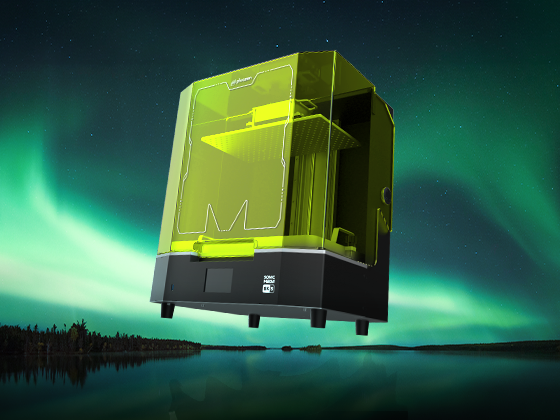
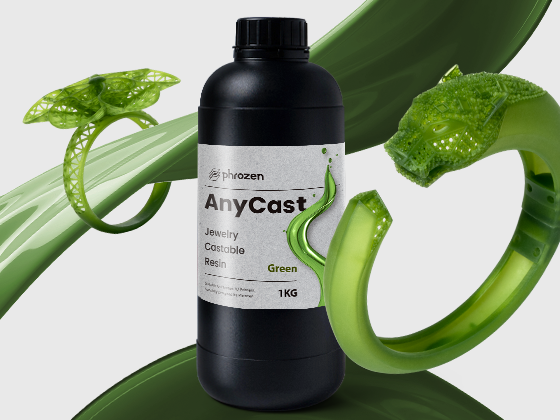
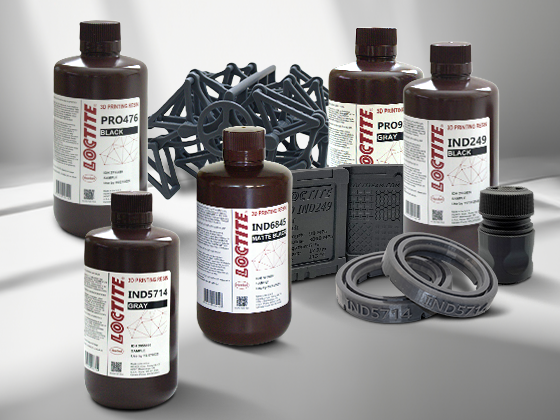
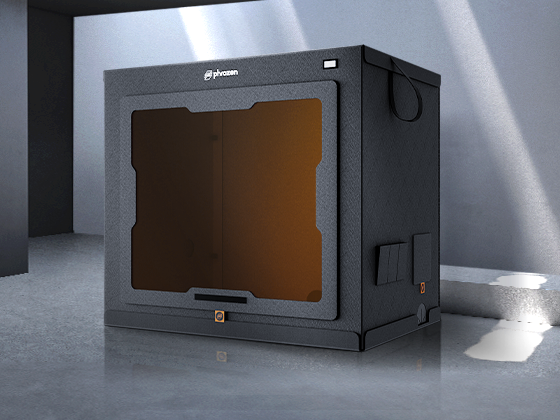
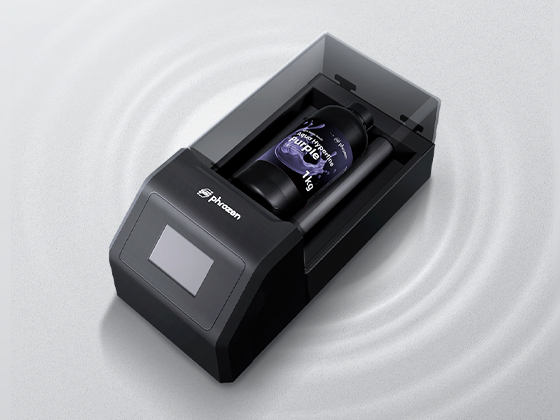
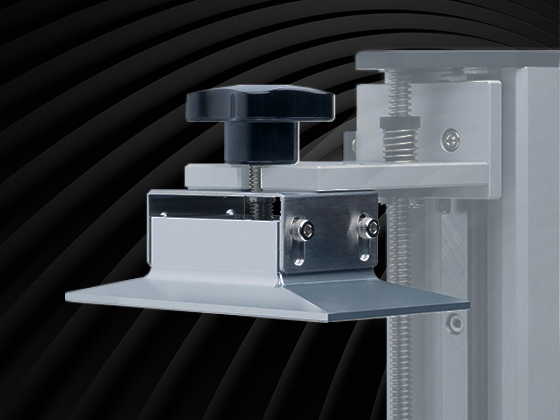
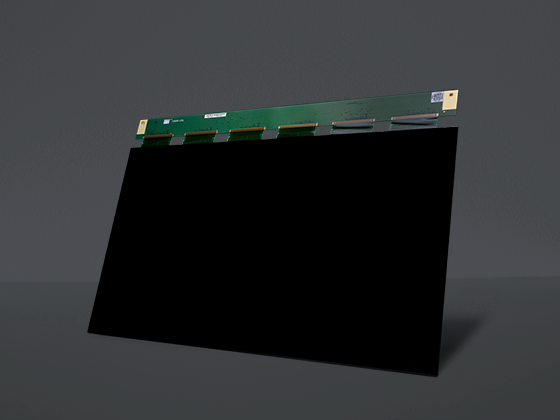
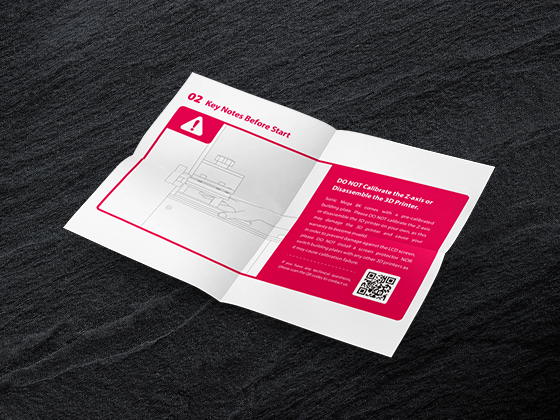
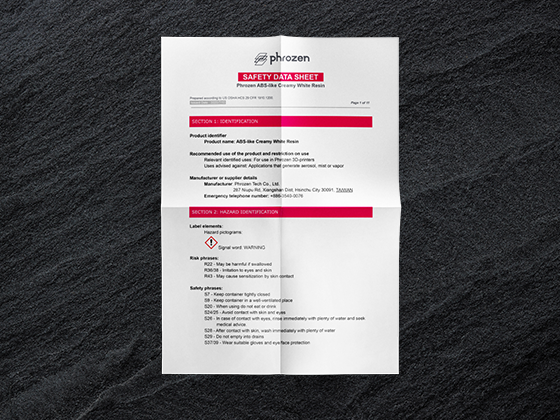
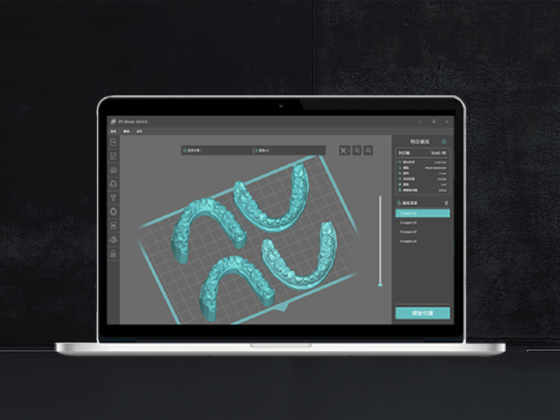



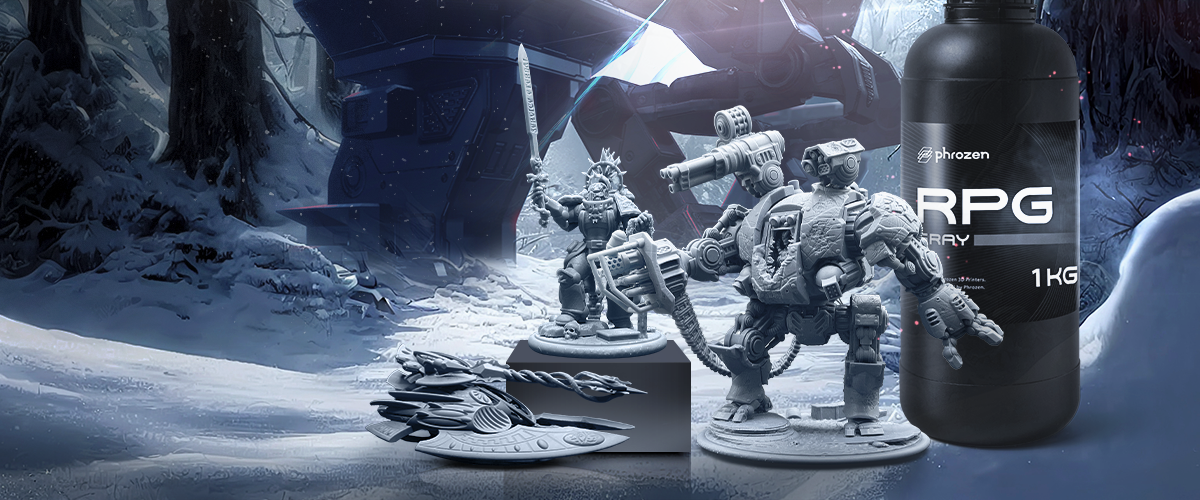
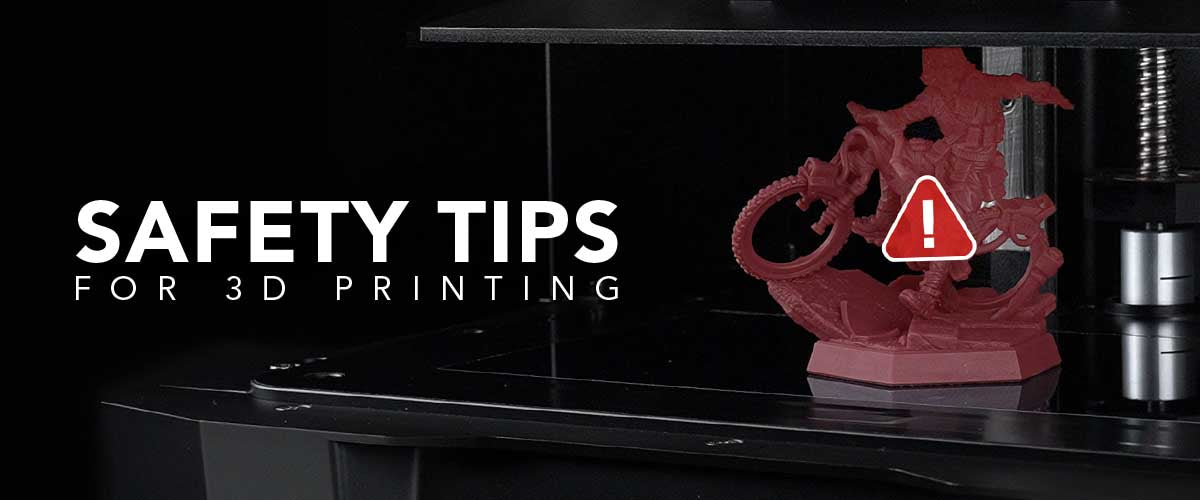
1 comment
carlo
Salve mi puo dire quali sono le resine per le stampanti SLA
———
Phrozen Technology replied:
Hello Carlo, Thank you for commenting.
Phrozen’s consumer-grade resins are designed to cure using 405nm wavelength UV light, making them generally compatible with SLA printers that utilize this wavelength. However, the actual performance may vary depending on the specific design and specifications of your printer.
Hope this helps.
Best, Phrozen Team
>
Salve mi puo dire quali sono le resine per le stampanti SLA
———
Phrozen Technology replied:
Hello Carlo, Thank you for commenting.
Phrozen’s consumer-grade resins are designed to cure using 405nm wavelength UV light, making them generally compatible with SLA printers that utilize this wavelength. However, the actual performance may vary depending on the specific design and specifications of your printer.
Hope this helps.
Best, Phrozen Team
>